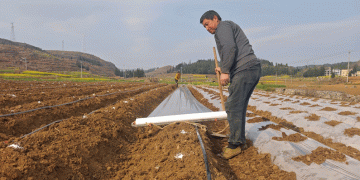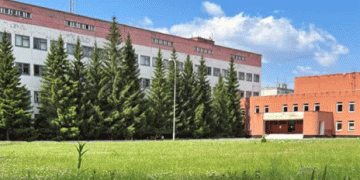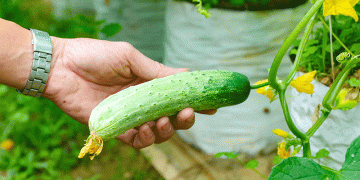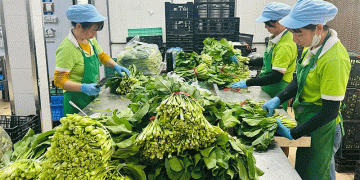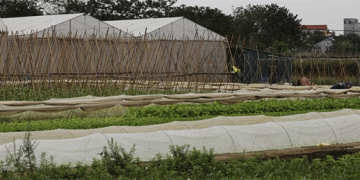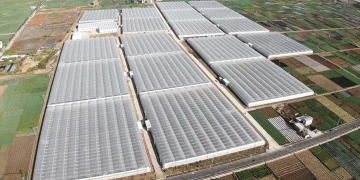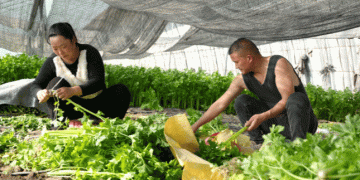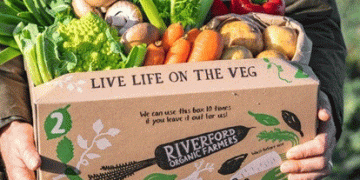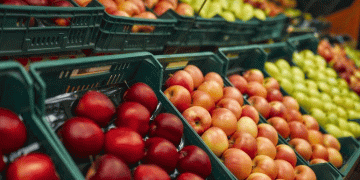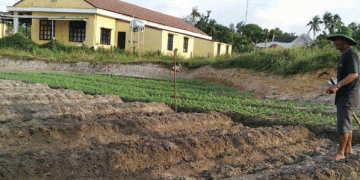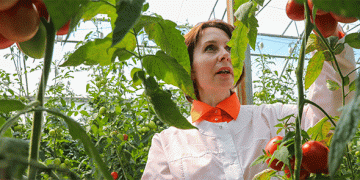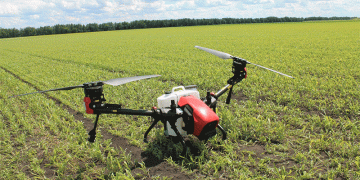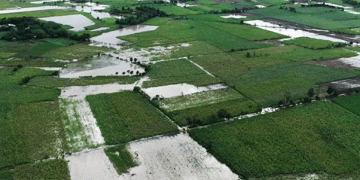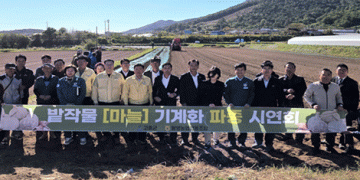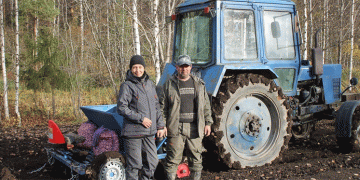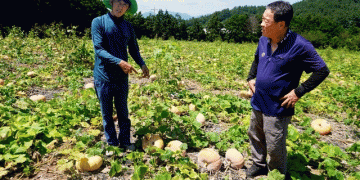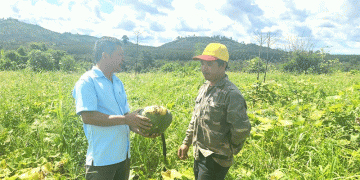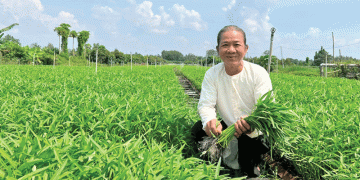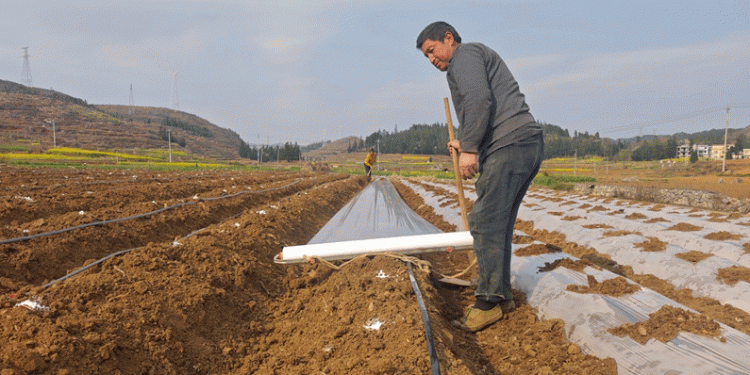In April, in Bocun Village, XinDian Town, Pu’an County, sprawling tobacco fields are crisscrossed with black drip irrigation lines, resembling a network of capillaries delivering life-saving water. Farmers and agronomists work side by side, laying pipes and adjusting equipment. “In previous years, spring droughts were nerve-wracking. But now, with drip irrigation, we can transplant seedlings with confidence!” says Wang Fanglun, a local farmer, watching water seep precisely into the soil.
From “Carrying Water to Save Crops” to “Precision Drip Irrigation”
Pu’an County, located in a karst mountainous region, faces frequent droughts, particularly in spring. During the critical tobacco transplanting period in April, water shortages often lead to low seedling survival rates and rising production costs.
“In the past, we had to carry water to irrigate seedlings—each mu (0.067 hectares) required at least two laborers. During droughts, we had to hire extra help, pushing costs even higher,” says Old Zhang, a farmer from Lanmuqiao Village. To address this, the Pu’an County Tobacco Monopoly Bureau designated drip irrigation as a top priority for drought resistance.
Since the 2025 spring planting season, XinDian Tobacco Station has deployed 10 technical service teams across 11 tobacco-growing villages, tailoring solutions like “drip irrigation + plastic mulch” and “drip irrigation + deep hole planting.” Agronomist Zhang Wei, armed with a rangefinder and soil moisture detector, adjusts spacing and watering duration based on field conditions. “Drip irrigation is like giving tobacco seedlings an IV—it saves water, fertilizer, and labor, cutting costs by 200 yuan per mu,” he explains.
From Fixed Pipelines to Modular Systems
Drip irrigation technology has evolved rapidly. In 2024, Pu’an County integrated drip lines with small water cellars and rainwater collection pools, reducing reliance on manual labor. By 2025, a breakthrough emerged: modular water storage barrels (10-15 m³ each) that connect directly to drip lines, eliminating the need for pumps. Each barrel supports 20 mu of farmland, enhancing flexibility and water efficiency.
“Now, water barrels move with the fields. We can collect rainwater in wet seasons and use it during droughts,” says technician Zhang Yin.
From Skepticism to Adoption: The Three “Clear Accounts” Approach
Despite its advantages, initial adoption was slow due to farmers’ concerns over cost and complexity. The Tobacco Bureau tackled this with a “Three Accounts” strategy:
- Cost Account: Bulk purchasing and subsidies lowered equipment costs to 50 yuan/mu (with a 35 yuan/mu subsidy), and systems last 3 years.
- Profit Account: Drip irrigation increases water-fertilizer efficiency by 50%, raises yields by 15 kg/mu, and cuts labor costs by half.
- Risk Account: Insurance partnerships protect against losses.
Side-by-side comparisons convinced holdouts—drip-irrigated crops had stronger roots and thicker leaves than traditionally watered ones. The county also introduced “simple fertigation devices”, allowing farmers to mix water and fertilizer effortlessly.
The Results: 6,939 Mu of Proof
In 2024, 996 farmers adopted drip irrigation across 6,939 mu, with XinDian Station covering 1,864 mu in 11 villages. The results:
- Water savings: 7,000+ m³
- Cost reduction: 230 yuan/mu
- Yield increase: 15 kg/mu
The innovation has spurred further advancements:
- New seedling nurseries pairing factory-grown seedlings with drip irrigation.
- “Field Night Schools” teaching smart water-fertilizer management.
- Youth returning to farming, attracted by tech-driven agriculture.
The Future of Smart Farming
Drip irrigation is more than a drought solution—it’s a gateway to modernized agriculture. In 2025, Pu’an plans to expand drip irrigation to 38,000 mu and integrate AI-powered weather forecasting for “smart tobacco fields.” As the sun shines over Bocun Village, the glint of drip lines paints a promising picture of sustainable, high-efficiency farming.
